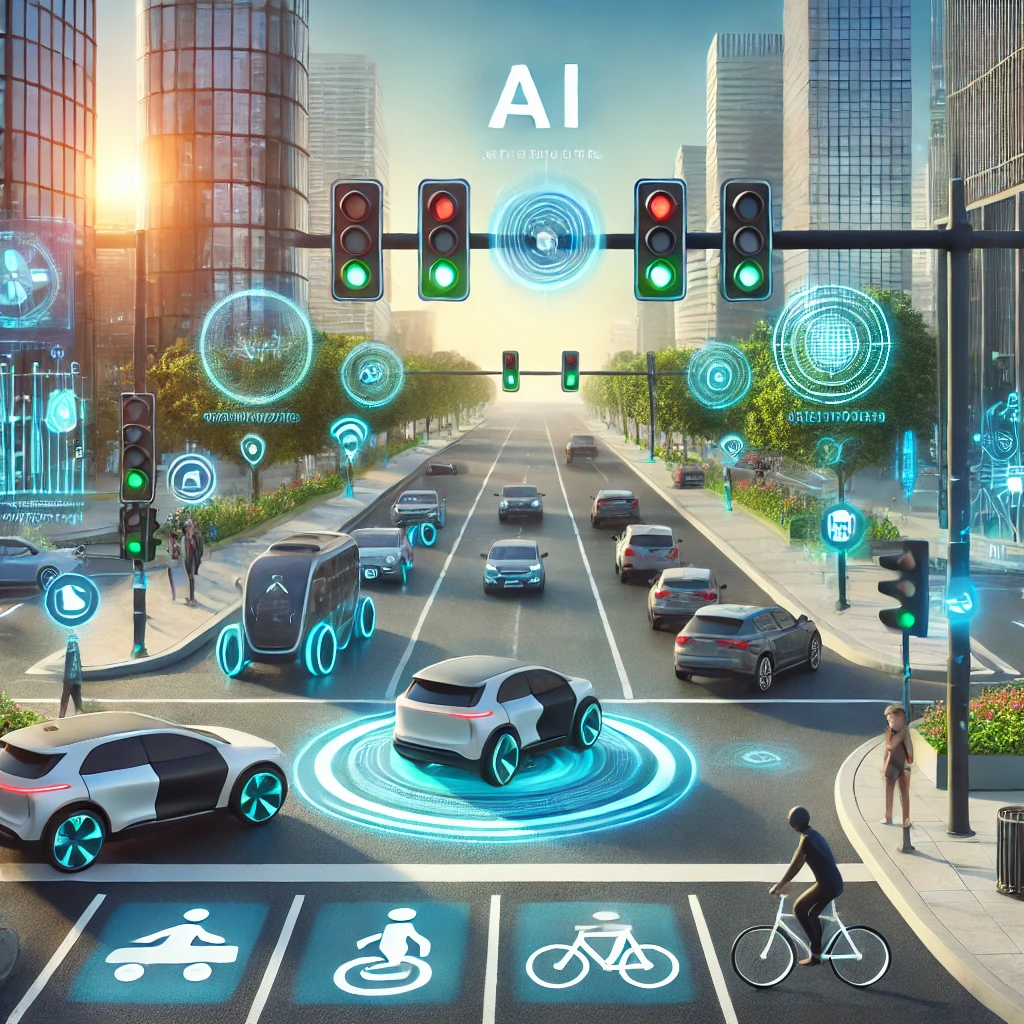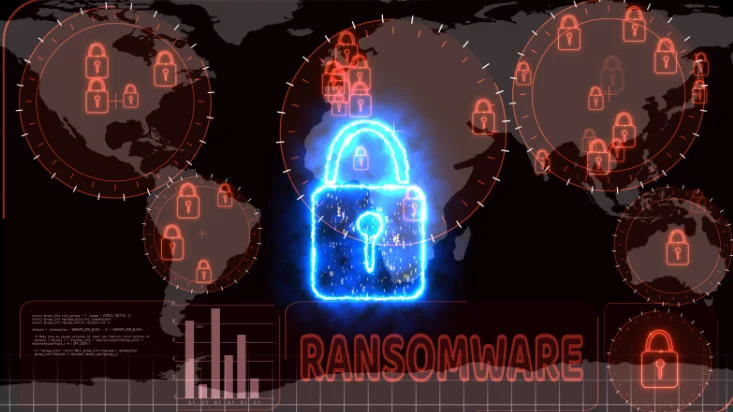The Future of Traffic Signals: Innovations for Safer and More Efficient Roads

Traffic signals have long been a cornerstone of road safety and urban mobility, ensuring organized traffic flow and reducing the likelihood of accidents. However, with the rapid evolution of technology, traditional traffic lights are transforming into intelligent traffic management systems that leverage artificial intelligence, automation, and real-time data analytics. These advancements not only enhance efficiency but also contribute to sustainability and road safety, making future traffic signals an essential element of smart city infrastructure.
The Evolution of Traffic Signals: From Timed Lights to Smart Systems
For decades, traffic signals operated on pre-set timers, dictating traffic flow based on estimated congestion patterns. While these systems provided a basic level of control, they lacked adaptability to real-time road conditions. The shift toward smart traffic signals is addressing these limitations, integrating sensors, cameras, and AI-driven algorithms to create more responsive and efficient transportation networks.
Some of the key advancements that have redefined traffic signals include:
- Vehicle detection sensors, which adjust light changes based on real-time traffic density.
- Connected traffic signals, enabling direct communication between signals and vehicles.
- Machine learning algorithms, predicting congestion and adapting to fluctuating traffic conditions.
- Pedestrian-centric signal systems, enhancing road safety for non-motorized commuters.
How Smart Traffic Signals Improve Road Safety and Traffic Flow
The integration of AI-powered traffic control systems offers a range of benefits that improve overall road efficiency. Some of these advantages include:
1. Dynamic Signal Adjustments for Real-Time Traffic Flow
Traditional traffic signals follow fixed schedules, which may not always align with actual road conditions. Adaptive traffic signals, however, use real-time data to optimize:
- Signal timings, minimizing congestion during peak hours.
- Route prioritization for public transit, improving bus and tram movement.
- Reduced idle times at intersections, lowering vehicle emissions.
With smart algorithms in place, cities can ensure smoother travel experiences while reducing unnecessary delays at traffic stops.
2. Vehicle-to-Infrastructure (V2I) Connectivity
Future traffic signals are expected to communicate directly with vehicles via V2I technology, allowing real-time adjustments based on approaching vehicle speed, congestion levels, and road conditions. Benefits include:
- Automated green wave systems, providing seamless travel for multiple vehicles along a route.
- Reduced risk of accidents, as connected vehicles receive alerts before entering intersections.
- Emergency vehicle prioritization, enabling ambulances and fire trucks to reach their destinations faster.
This real-time communication between vehicles and traffic signals significantly improves efficiency and safety on the road.
3. AI-Powered Traffic Forecasting
Using machine learning and big data analytics, AI-powered systems can predict traffic trends and adjust signals accordingly. These forecasts help in:
- Identifying congestion hotspots before they become problematic.
- Reducing bottlenecks at high-traffic intersections.
- Managing traffic surges during special events or peak travel hours.
Read Also: Reducing Traffic Congestion Through Automated Enforcement Technologies
The Role of Smart Traffic Signals in Pedestrian and Cyclist Safety
With urban areas shifting toward pedestrian-friendly and cyclist-friendly designs, modern traffic signals must accommodate non-motorized road users. Innovations in this space include:
- Adaptive pedestrian crossings, adjusting crossing times based on crowd density.
- Bicycle-specific traffic signals, ensuring safer intersections for cyclists.
- Infrared pedestrian detection, automatically triggering crosswalk signals when motion is detected.
These enhancements make cities more accessible and safer for all types of commuters.
Sustainability Benefits of Intelligent Traffic Signals
Traffic congestion is one of the primary contributors to carbon emissions in urban environments. Smart traffic signals contribute to eco-friendly urban development by:
- Reducing vehicle idling, lowering fuel consumption and emissions.
- Supporting public transportation efficiency, encouraging less car dependency.
- Integrating with renewable energy sources, such as solar-powered traffic lights.
By improving traffic flow and reducing unnecessary stops, intelligent signals support greener and more sustainable cities.
Challenges in Implementing Smart Traffic Signal Systems
Despite their benefits, upgrading to an advanced traffic signal system comes with challenges, such as:
- High implementation costs, requiring infrastructure upgrades and sensor installations.
- Integration issues with existing road networks, as older cities may struggle with modernization efforts.
- Privacy concerns, as traffic monitoring systems collect large amounts of driver and pedestrian data.
- Cybersecurity risks, requiring secure networks to prevent hacking or signal manipulation.
Addressing these challenges will be key to successfully deploying smart traffic systems in urban and suburban environments.
Lighthouse Transportation Group Commitment to Traffic Signal Innovation
Lighthouse Transportation Group recognizes the importance of modernizing traffic signals to support safer and more efficient roadways. By implementing AI-powered analytics, real-time traffic monitoring, and connected infrastructure, the company contributes to building next-generation transportation networks that prioritize safety, efficiency, and sustainability.
With ongoing advancements in machine learning, vehicle connectivity, and renewable energy integration, Lighthouse Transportation Group remains committed to providing innovative traffic management solutions that benefit both drivers and pedestrians alike.
The Road Ahead: What the Future Holds for Traffic Signals
Looking ahead, the next phase of traffic signal technology will include:
- Autonomous traffic signals, capable of adjusting to real-time events without human intervention.
- Blockchain-based traffic systems, enhancing security and transparency in signal operations.
- Integrated multi-modal traffic management, improving coordination between cars, bikes, and public transit.
- Climate-responsive traffic signals, adjusting operations based on extreme weather conditions.
These emerging technologies will continue shaping the future of urban traffic management, paving the way for safer, faster, and more sustainable roads.
Read Also: Enhancing Construction Efficiency with Fleet Management Solutions
Conclusion
Traffic signals have evolved from basic timed lights to intelligent control systems that enhance road safety, efficiency, and sustainability. With continued advancements in AI, IoT, and V2I technology, future traffic signals will revolutionize urban mobility, creating smarter and more adaptable transportation networks.
Lighthouse Transportation Group, LLC remains at the forefront of these advancements, ensuring that cities are equipped with cutting-edge traffic solutions designed to improve safety, reduce congestion, and promote a greener, more connected future.

The Unseen Advantage: How Dedicated Support Fuels Fastest-Growing Companies

DIY or Pro Install? The Most Important Question to Ask Before Renting an LED Video Wall

Common Mistakes eCommerce Brands Make With Google Ads

Accelerating drug discovery through the DEL-ML-CS approach

AI in Marketing Is No Longer a Buzzword — It’s the Strategy

The Unseen Advantage: How Dedicated Support Fuels Fastest-Growing Companies

DIY or Pro Install? The Most Important Question to Ask Before Renting an LED Video Wall

Common Mistakes eCommerce Brands Make With Google Ads








